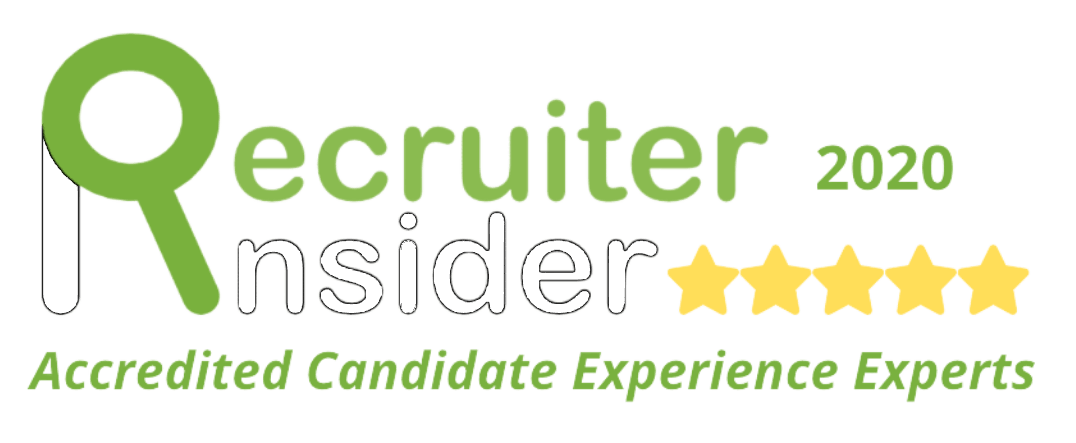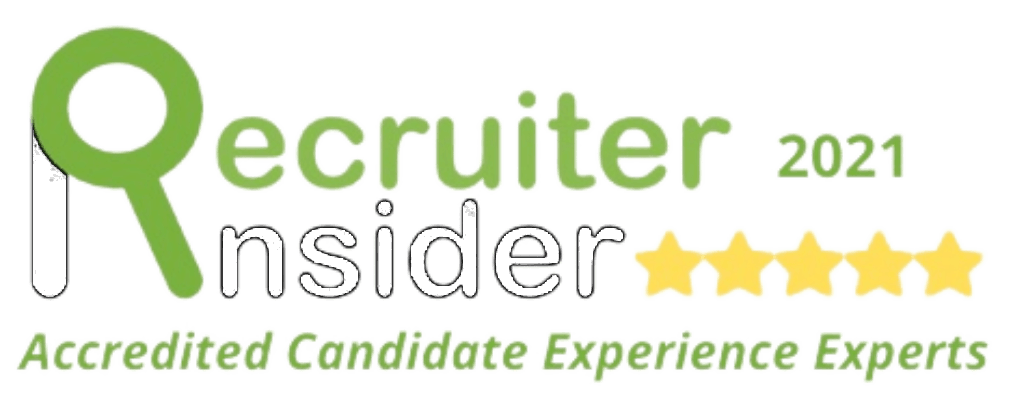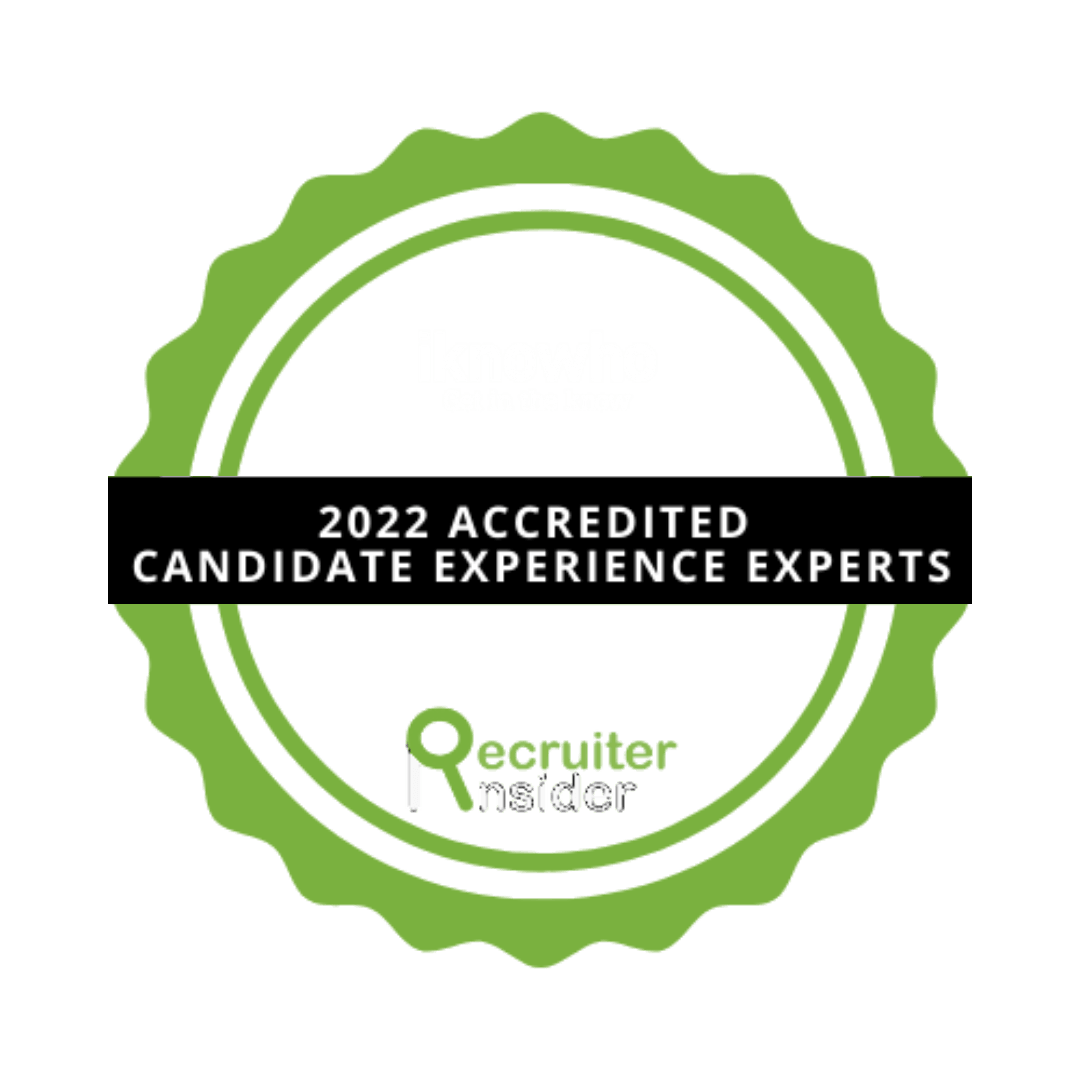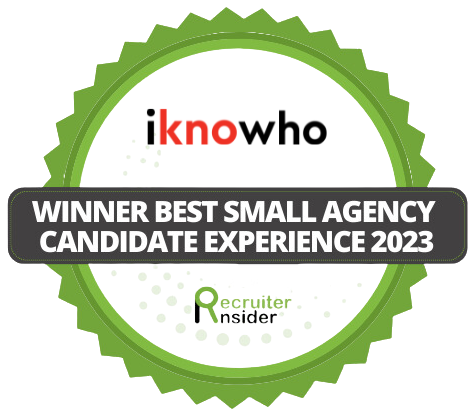Insights from our Speaker Series event: Agency or Client Side; what’s your next career move?
We recently hosted the first event in our new iknowho Speaker Series, focusing on Agency vs Client Side. This is always a hot topic; how do you know if moving from an Agency role to a Client side Marketing role (or vice versa) is really the right thing for you?
We brought together a panel of fantastic industry experts, who have all transitioned in their careers one way or the other, and hosted a Q & A discussion.
The Panel | Boo Mitchell – CBA, Tim Rozea – The Conversion Group, Silvia Arrigoni – Society One and Jacob Baldock – Meat & Livestock Australia
Here are some key insights:
Q: Why did you want to move from agency to client side?
• Ownership and deep understanding of a single brand
• Add value & ownership
• For a change and a new challenge
Q Why did you want to move from client marketing to agency?
• Work in a more entrepreneurial & collaborative environment
• Work at a faster pace
Q: How do you decide if a move is right for you?
• Accept there is no right or wrong, just different, and be ready to embrace the differences
• Seek out a variety of mentors / advisors who really know you, your strengths and weaknesses
• Put your hand up for a secondment to trial out different ways of working
Q: What steps do you take
• Identify your own transferable skills; what do you enjoy, what are you good at, what skills are you missing
• Find something that you are passionate about, or really enjoy, as then you’ll put in more effort and have higher motivation to succeed
• If you have worked with amazing people that inspire you, follow them!
Q: How do you bridge a skills gap
• You don’t know what you don’t know….so in a new role you have to be a sponge and soak up as much information and experience as you possibly can early on. Be proactive when you’ve recognised a gap in your skills and take your own steps to fill that gap
Q: If you move from agency to client side, do you have more ‘control’?
• In some senses, yes you do, but don’t forget that you’re also a part of a team, working with a whole range of stakeholders across the business (product, sales, procurement, customer service, etc who have their own agendas
• You are more accountable, as you are the guardian of the brand….so perhaps ask yourself not ‘will I get more control’ but ‘can I handle more responsibility, can I be accountable for the end results’
Q: What were the biggest challenges you found after you made the move?
Moving agency to client
• Having to broaden your skill set quickly, for example working on new product development • Taking a jump up in level of responsibility
• More meetings, more process, more stakeholders
• The language; lots of acronyms, so get an acronym list if you can and study up!
• Cultural shift
Moving client side to agency
• Stability is more challenging in an agency, especially if they work on a project based model
• Cultural shift
Q: What tips would you give to people thinking about making a career change?
• Be true to yourself (who you are, how you work, what inspires you)
• Work out your priorities
• Treat yourself as a brand; you have strengths and weaknesses – benefits and features, so be true and work out what is right for you
• Try before you buy; look for contract opportunities to make the transition
And the best tip that stuck with me from the night is simple;
You can do it if you put your mind to it!
We’d like to again thank our fabulous panel:
Boo Mitchell – CBA
Tim Rozea – The Conversion Group
Silvia Arrigoni – Society One
Jacob Baldock – Meat & Livestock Australia
We’ll be holding out next Speaker Series event on 22 February, keep an eye out for the invite in the new year!
If you’re at a crossroads and need some advice on whether an agency or client side role is the best next move, get in touch with our consultants today.






